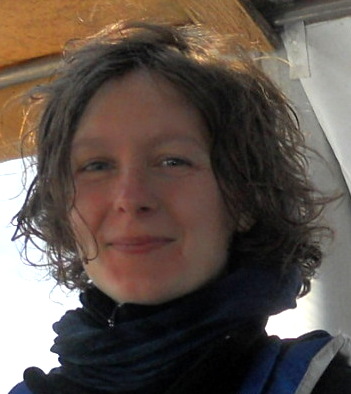Project: "Modelling population dynamics of aquatic and terrestrial organisms using Dynamic Energy Budget Models: application to risk assessment of chemical mixtures"
November 2015 - November 2017Commissioned by the European Food Security Authority (EFSA)
Project Summary
A dynamic multi-disciplinary team rises to the challenge to build innovative modelling tools to help solve a question which gave birth to modern risk assessment in 1979:“If a daphnid due to toxic stress would not have say 600 young but 300 what would be the real societal consequence?”
Toxic stress is typically assessed in biological tests with daphnids, fish, small insects etc. The aim of these tests is to uncover which amount of a compound is safe. These tests are highly standardized and are used a surrogate tests as it is not possible to directly measure effects on something like local biodiversity and/or things like our food safety. Especially, since there are innumerable species from microscopic to macroscopic while some 2000 new chemical enter the market each year in Europe.
In short, this deceptively simple and very obvious question has yet to be properly addressed in the context of cocktails of innumerable different substances all present in our food and water in small amounts, forming an understudied “grey veil” which modern risk assessment struggles to deal with for lack of good modelling tools. Over the years, ecotoxicological tests show that effects of cocktails of compounds on growth, reproduction and survival vary in mysterious ways over time. Until now, is has been a major scientific challenge to be able to interpret what unique threshold value for a chemical, not to mention a cocktail of chemicals must not be exceeded in order to avoid any of these effects. And to get back to the initial question, if some effects are to be expected on the growth of a small crustacean, or a fish larvae would it lead to impairing our life support system ? The so-called “Dynamic Energy Budget theory”, reasons that although different species differ widely between each other, they also must have a lot in common. Starting with the need for every living organism to take up resources from the environment and use these for performing biological processes such as growing, developing, and reproducing. Indeed, it turns out that an extraordinarily simple set of rules governs these processes. More tantalizing yet, the same rules seem to apply to a wide variety of species from bacteria to whales.
This project aims to integrate knowledge of these biological processes and knowledge on how mixtures impair processes into modern population models of species that are vital for our food security. This will shed new light on that initial, deceptively simple, yet crucial ecotoxicological question.
The team
-

Jan Baas, project leader
CEH -

Starrlight Augustine
Akvaplan-niva -

Gonçalo Marques
Terraprima
Background and approach
 Download the power point
Download the power point
Output
- FRAM science days, october 2015, Tromsø,Norway (poster presentation)
- Fifth international symposium on Dynamic Energy Budget theory: metabolic organization plays a role in planetary stewardship, May 31 2017, Tromsø,Norway (oral presentation)
- Article: "Dynamic energy budget models in ecological risk assessment: From principles to applications"
This work is supported by the EFSA tender OC_EFSA_SCER_2015_01
